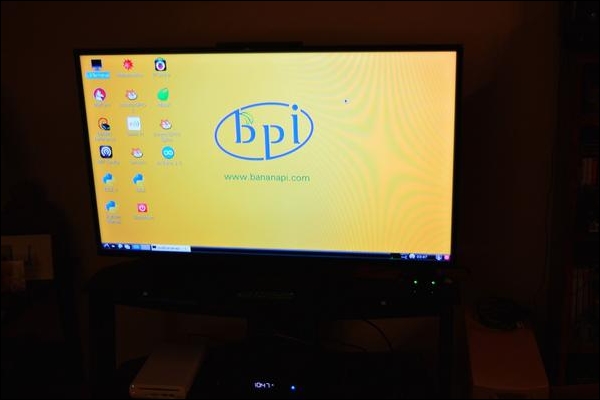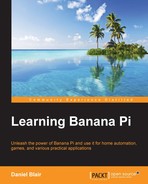In this chapter, we touched on many topics relevant to getting comfortable with Linux. You learned how to use the hardware in a Linux environment and even got the GPIO pins working using Python and Linux. At this point, you have successfully got your OS installed and running, navigated the filesystem, and written some code to work with the GPIO pins. You are also able to connect a SATA drive to use as additional storage.

These skills are not confined only to the Banana Pi. They are good general technical skills that you should have. The Linux filesystem is similar to what you will find on a Unix system, including Mac, which is based on BSD (Unix). Working with the GPIO pins directly translates to other single-board computers that use GPIO based on the Raspberry Pis.
In the following chapter, you will learn more about programming on the Pi. You got a taste for it in this chapter, but in the next chapter, we will explore additional programming languages that you can use on the Banana Pi. You will also learn about different tools you can use to write the code that will power your next project.
We will explore languages such as Ruby, Bash, Python, and Go in order to write clean and efficient code that will interact with hardware components such as LEDs, switches, and other networked Pis.
